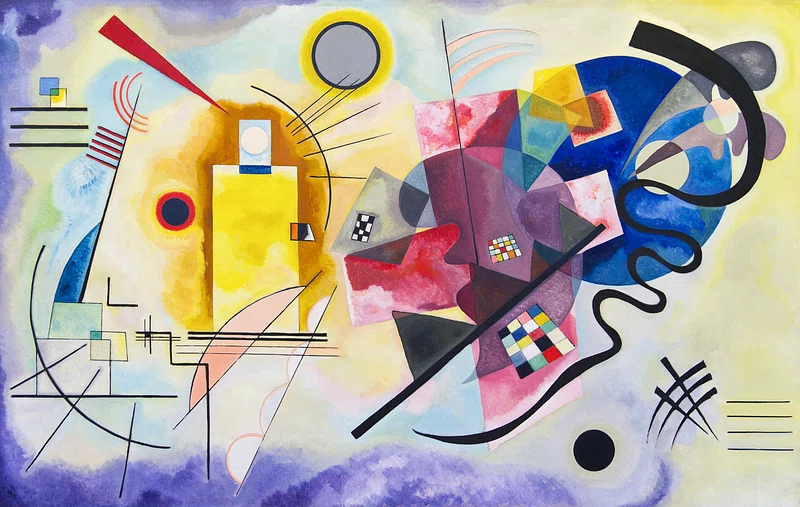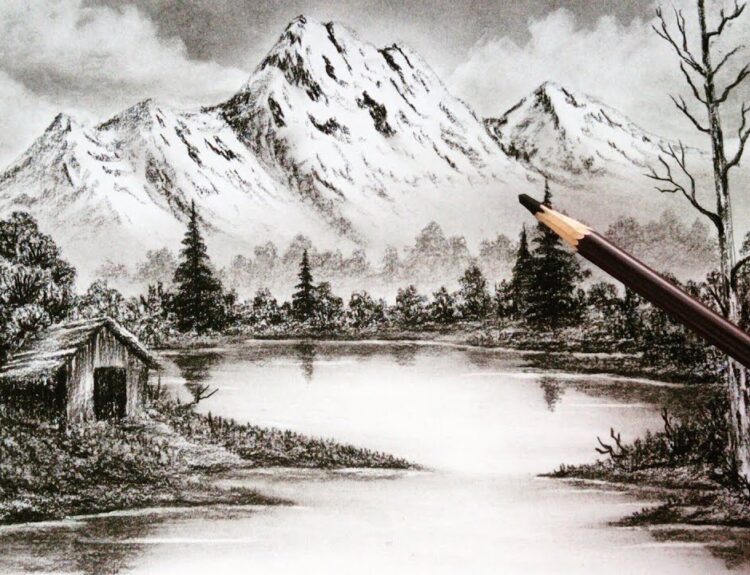When we think of modern design, film, fashion, or architecture, we often overlook the ancient inspirations woven into these creative expressions. From sacred symbols to monumental structures, Egyptian art and other ancient art forms continue to influence today’s creators in powerful and often surprising ways.
In this article, we explore how art from thousands of years ago—especially Egyptian art—still shapes the modern creative landscape.
What Is Ancient Art?
Ancient art refers to the creative expressions of early civilizations. These works were more than decoration—they told stories, honored deities, documented life, and expressed cultural values.
Some of the most influential ancient art traditions include:
- Egyptian art
- Greek and Roman art
- Mesopotamian art
- Indus Valley and Chinese art
- Pre-Columbian American art
Among them, Egyptian art stands out for its iconic symbols, detailed craftsmanship, and enduring mystery.
Egyptian Art: A Timeless Blueprint
The phrase Egyptian art conjures images of pyramids, hieroglyphics, golden sarcophagi, and wall paintings of gods and pharaohs. But Egyptian art was more than majestic—it was deeply structured, symbolic, and functional.
Key Features of Egyptian Art:
- Strict proportions: Figures were drawn based on a grid system to show idealized forms.
- Symbolism: Colors, animals, and objects all had deep meaning.
- Profile view: Human figures were shown with heads and legs in profile but torsos front-facing.
- Hieroglyphics: Art and writing were often one and the same.
Despite being over 3,000 years old, these elements still influence modern visual language.
How Egyptian Art Influences Today’s Creativity
1. Graphic Design and Typography
Modern designers frequently draw from hieroglyphic systems when creating logos, symbols, or fonts. The idea of combining images and text traces directly back to Egyptian art.
- Pictogram-based icons used in apps and signs echo the visual language of hieroglyphics.
- Designers create custom typefaces inspired by ancient scripts to evoke a sense of mysticism or history.
2. Architecture
Egyptian architecture, especially the pyramid form, continues to inspire buildings around the world. Think of:
- The Louvre Pyramid in Paris
- Luxor Hotel in Las Vegas
- Monumental entranceways and pillars in civic buildings
These reflect a fascination with scale, symmetry, and permanence, key themes in Egyptian design.
3. Fashion and Jewelry
Modern fashion often borrows Egyptian motifs:
- Ankh symbols, scarabs, and eye of Horus pendants
- Gold cuffs, collars, and heavy eyeliner in runway shows
- Cleopatra-inspired hairstyles and aesthetics
Designers like Alexander McQueen and Balmain have created entire collections influenced by Egyptian art and culture.
4. Film and Visual Arts
Cinema and video games love the visual power of Egyptian iconography:
- Movies like The Mummy, Stargate, and Moon Knight draw directly from Egyptian art.
- Game franchises like Assassin’s Creed recreate ancient Egypt using detailed art references.
- Contemporary artists paint or sculpt with pharaonic themes, adapting old symbols into new commentary.
Beyond Egypt: Other Ancient Influences in Modern Creativity
While Egyptian art plays a central role, other ancient cultures also shape modern creativity:
🏛️ Greek & Roman Art
- Sculpture and proportion
- Use of columns and arches in architecture
- Themes of mythology in fashion and branding
🌀 Mesopotamian Art
- Cuneiform writing inspiring abstract and digital art
- Ziggurat structures influencing architectural forms
🕉️ Indian and Chinese Art
- Mandala patterns used in wellness branding
- Symbolic color usage (e.g., red for luck in Chinese art)
- Calligraphy influencing brushwork in modern art
🐍 Indigenous and Pre-Columbian Art
- Geometric patterns and earthy palettes seen in interior design
- Native symbolism influencing modern tattoo culture and mural art
Why Ancient Art Still Resonates
1. Timeless Symbolism
Symbols like the ankh (life) or eye of Horus (protection) still speak to us today. These ancient signs are emotionally and visually powerful.
2. Mystery and Mythology
Ancient art often connects to spiritual ideas, the afterlife, or universal truths. Modern audiences are drawn to this sense of mystery and depth.
3. Craftsmanship
There’s a return to appreciating handmade, detailed, and meaningful design. Ancient art embodies these ideals through stone carvings, metalwork, and painting.
4. Cultural Identity
Artists with roots in ancient cultures often reclaim and reinterpret those forms in modern ways, blending tradition with contemporary expression.

Modern Artists Inspired by Egyptian Art
1. Jean-Michel Basquiat
Used symbols, masks, and hieroglyphic-like text in his street-style paintings.
2. Kehinde Wiley
Incorporates regal poses and African patterns, sometimes referencing Egyptian pharaohs in his portraits.
3. Yinka Shonibare
Blends colonial history with ancient visual forms, commenting on power and identity.
4. Contemporary Egyptian Artists
Painters like Mohamed Abla and Ghada Amer use ancient Egyptian elements to discuss modern politics, gender, and culture.
How You Can Use Ancient Art in Your Creative Work
Whether you’re a designer, artist, writer, or hobbyist, you can tap into ancient art for inspiration:
💡 Tips:
- Study ancient color palettes—like golds, blues, and deep reds of Egyptian art.
- Experiment with symbolic storytelling rather than literal scenes.
- Explore geometry and symmetry in layouts and design.
- Integrate spiritual or cultural themes that resonate with your heritage or interests.
Final Thoughts
The legacy of Egyptian art and other ancient forms isn’t locked in museums—it’s alive and evolving in today’s creative world. From tech interfaces to fashion runways, ancient aesthetics continue to inspire bold, meaningful, and innovative works.
By understanding these roots, we not only honor the past but also enrich our creative future. Ancient art gives us a deeper well to draw from, reminding us that some of the most modern ideas are, in fact, very old.
Explore more:
Follow our Arts category for deep dives into historical influence, contemporary interpretations, and artist spotlights across cultures.










